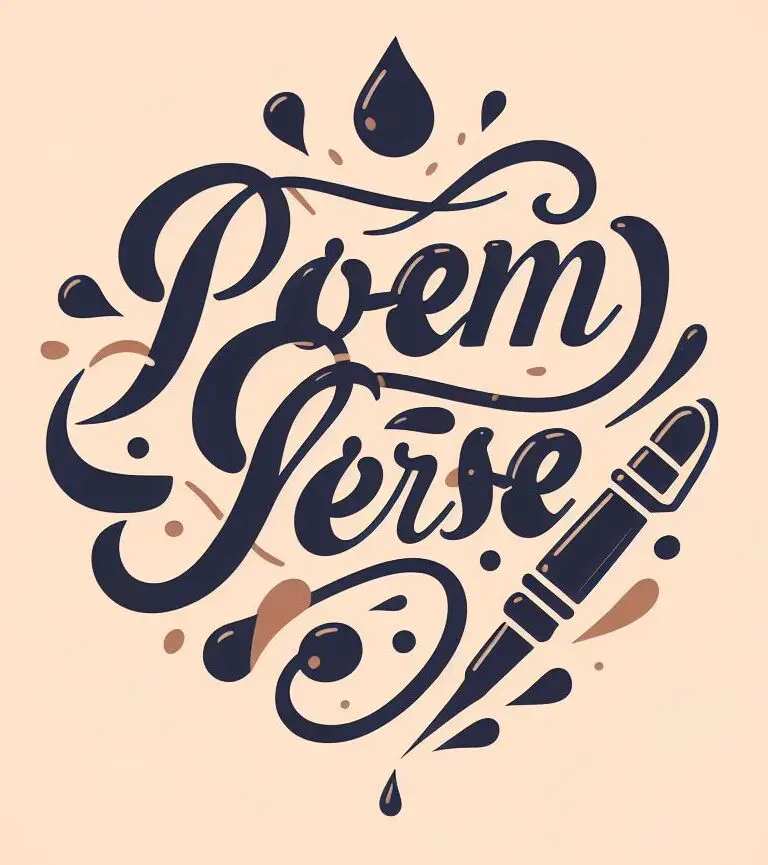Exploring the Depths of Fear: Emotion Poems Unveiled
Fear is a powerful emotion that has the ability to consume us, paralyze us, and drive us to the edges of our existence. Throughout history, poets have sought to capture the essence of fear in their verses, delving into the depths of human consciousness and unearthing the raw emotions that lie within. In this article, we will explore some extraordinary examples of emotion poems about fear that will leave you contemplating the intricacies of this universal human experience.
1. "The Raven" by Edgar Allan Poe
Edgar Allan Poe is renowned for his hauntingly eerie and Gothic poems, and "The Raven" is no exception. This masterpiece takes us on a journey through the depths of fear, grief, and madness.
Once upon a midnight dreary, while I pondered weak and weary,
Over many a quaint and curious volume of forgotten lore—
While I nodded, nearly napping, suddenly there came a tapping,
As of some one gently rapping, rapping at my chamber door.
“’Tis some visitor,” I muttered, “tapping at my chamber door—
Only this and nothing more.”
In this excerpt, Poe masterfully sets the scene, drawing the reader into a world of darkness and suspense. The tapping at the chamber door creates an intense sense of unease and apprehension, leaving us captivated by the fear that lurks within the poem.
2. "I Felt a Funeral in My Brain" by Emily Dickinson
Emily Dickinson, known for her introspective and deeply emotional poetry, explores the harrowing experience of fear in "I Felt a Funeral in My Brain." This poem takes the reader on a journey through the inner turmoil of a mind consumed by fear.
I felt a Funeral, in my Brain,
And Mourners to and fro
Kept treading – treading –
till it seemed
That Sense was breaking through –
The repetition of "treading" creates a sense of dread and impending doom. Dickinson's use of metaphor allows the reader to visualize the internal struggle and chaos that fear can evoke within us. The poem is a haunting reflection on the power fear holds over our thoughts and emotions.
3. "The Second Coming" by W.B. Yeats
In "The Second Coming," W.B. Yeats paints a vivid picture of a world spiraling into chaos and uncertainty. The poem captures the fear that arises from the breakdown of societal norms and the impending sense of doom.
Turning and turning in the widening gyre
The falcon cannot hear the falconer;
Things fall apart; the centre cannot hold;
Mere anarchy is loosed upon the world,
The blood-dimmed tide is loosed, and everywhere
The ceremony of innocence is drowned;
The best lack all conviction, while the worst
Are full of passionate intensity.
Yeats skillfully uses imagery and symbolism to depict a world on the brink of collapse, a world where fear reigns supreme. The poem serves as a reminder of the tumultuous nature of our existence and the fear that accompanies it.
Fear is an emotion that resonates deeply within us all. Through the powerful medium of poetry, these exemplary emotion poems allow us to confront our fears and explore the complex tapestry of human emotions. Whether it is the tapping of a chamber door, the chaos within our minds, or the world falling apart, these poems unlock the essence of fear, inviting us to reflect on our own fears and find solace in the shared experience of being human.

Entradas Relacionadas